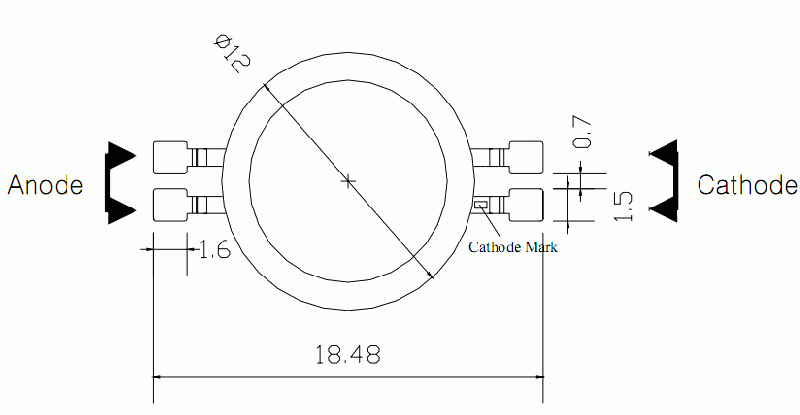SSC LEDs have the slug conductive to positive. From what I've been able to gather, this is to improve heat transfer. I still wonder if it's worth the hassle though... couldn't it have been made conductive to negative?
That wouldn't help with the case where you have multiple emitters, and want them wired in series -- probably a more common case. You need a fully isolated emitter for that, or use an isolating star.
I actually slightly prefer the SSC way, as it does give you the option of high thermal conductivity
or adding external isolation (at the cost of conductivity); when the slug is isolated internally, there's no way to get it back. OTOH, it is one more thing to worry about; maybe I'd be leaning the other way if my first build hadn't been a single-emitter.
It would probably be possible to rewire things so as to have a positively grounded flashlight body (and you would only need one wire to the LED), but there's a higher risk of shorts since all drivers have the outer contacts negative.
Yes, but if you're careful, you can do it. I did a 4D Mag P7 this way (I soldered the LED to the heatsink for minimum thermal resistance, but still used a redundant + wire anyway for electrical connection.) A +ground DD, of course, is trivial. You'll need to modify the tailcap spring as well, though, to make good contact; I can post pictures of mine if desired, when I get home tonight.









